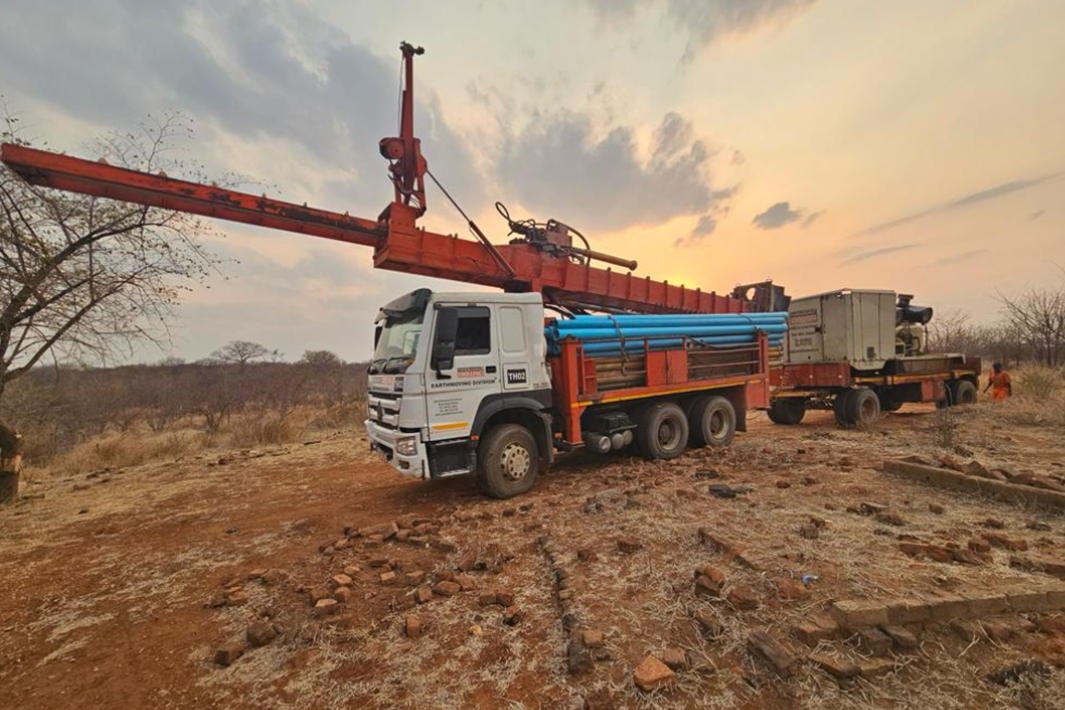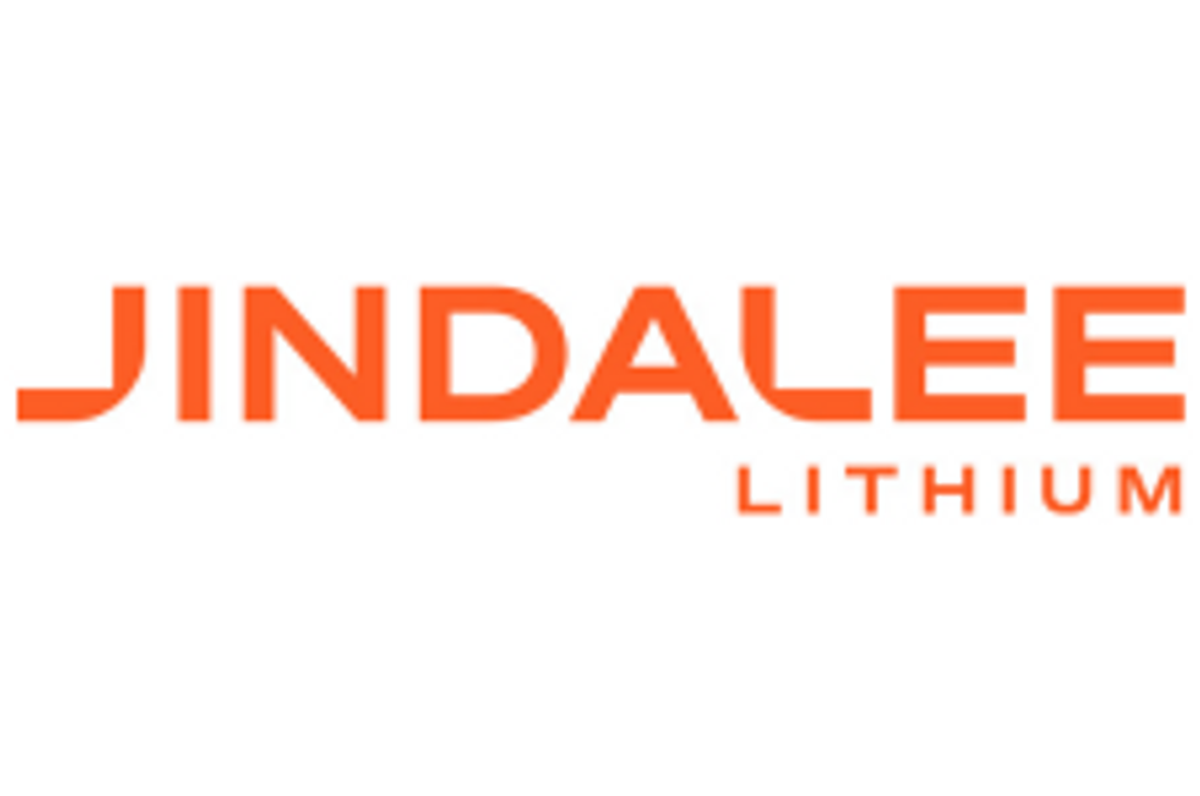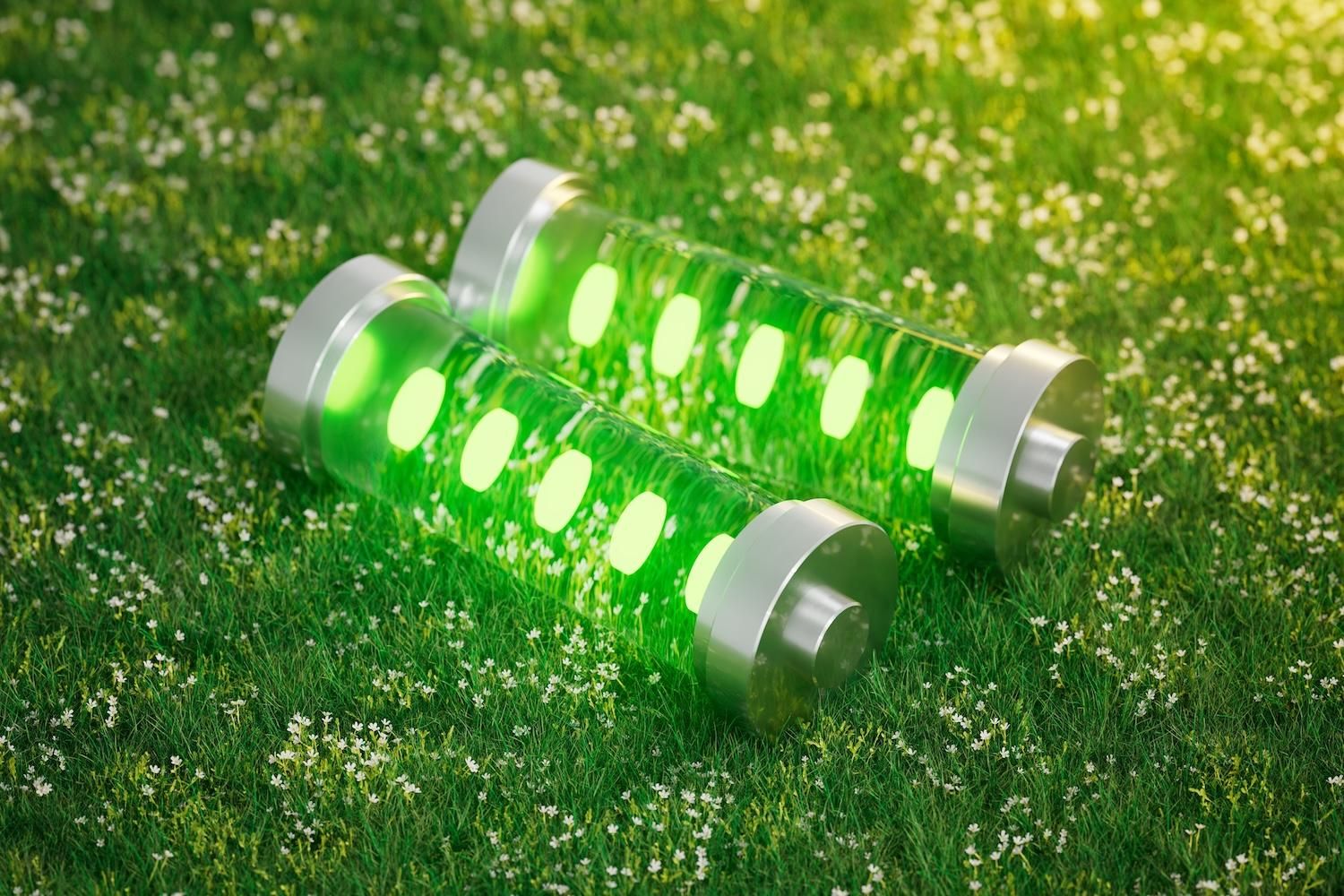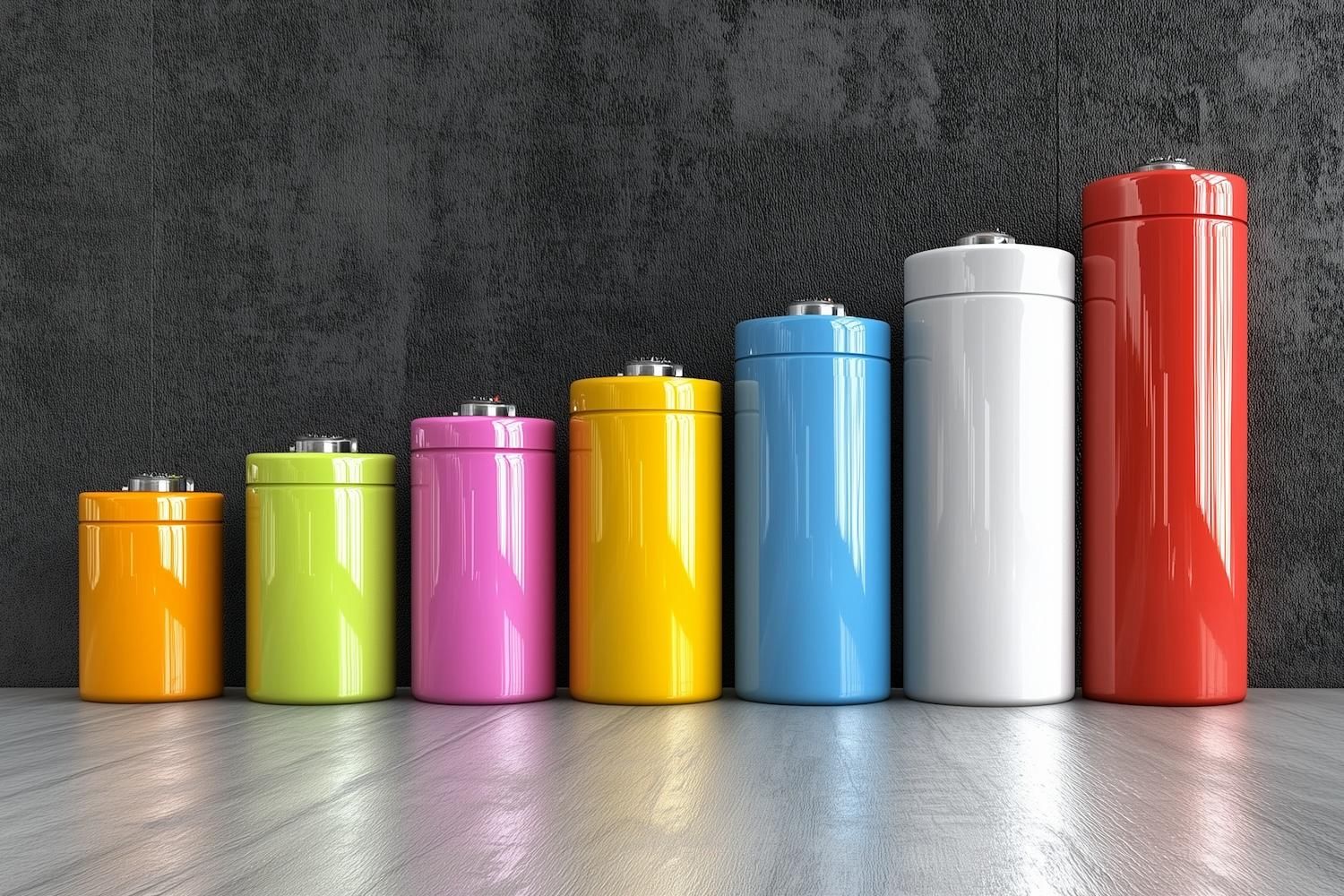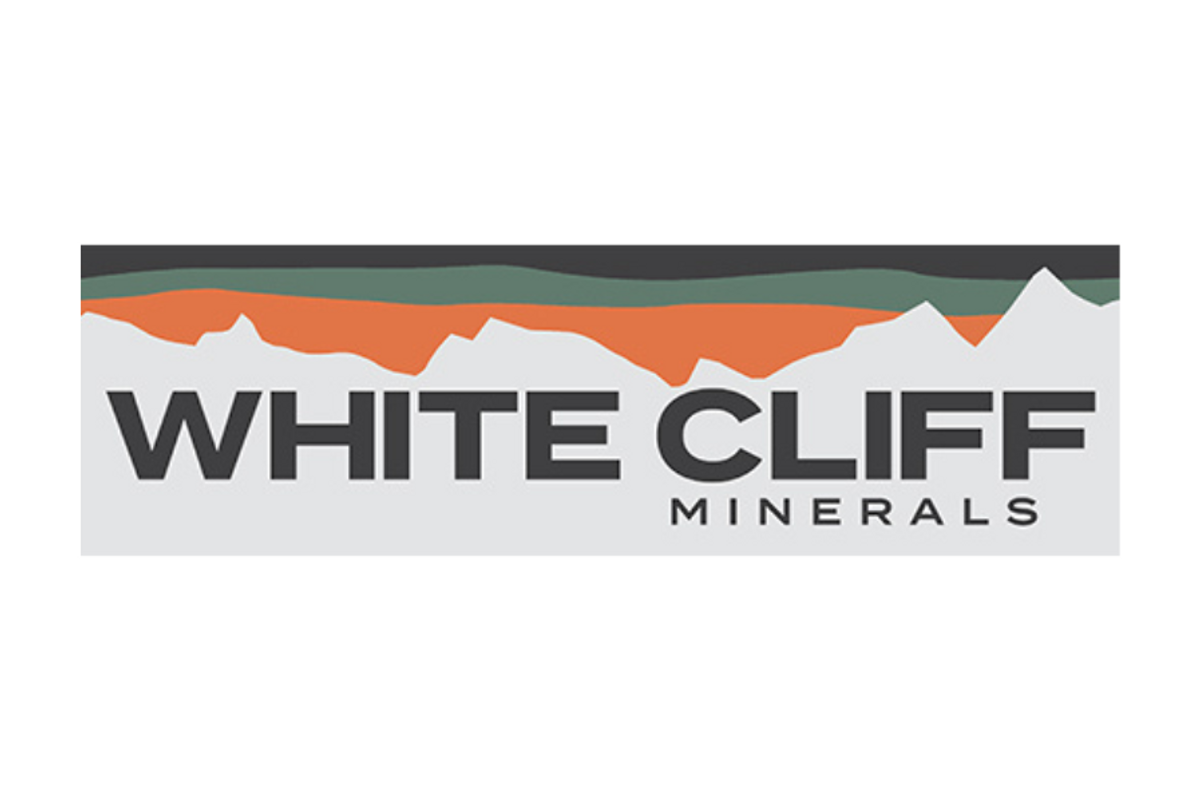
October 03, 2024
Highest assays returned 64.02% Cu, 223g/t Ag and 2.34g/t Au. Multiple High-Grade Copper and Precious Metal Vein Systems Identified. Potential For Very Significant deposits of Sedimentary Hosted Copper
White Cliff Minerals Limited (“the Company”) is delighted to announce the first batch of assay results from rock chip samples taken during the 2024 maiden field program at the Rae Copper Project in Nunavut, Canada (“Rae” or “the Project”). Results confirm outcropping and high-grade copper and precious metals hosted in extensive massive chalcocite vein systems of significant lateral extent.
- Copper and silver assays received for three of the five exploration districts at Rae
- Representative rock samples from extensive outcropping massive chalcocite veins returned exceptional copper-silver ± gold and confirm what is now believed to be the first major discovery on the Company licence area
- The Vision District, a ±10km long NE/SW structural corridor which includes the Don and Pat project areas. Occurring within a “sub parallel, dilutional jog” that provided the necessary depositional environment for copper and precious metal accumulation. It is also possible, although yet to be proven, that these two project areas are contiguous, meaning the two localised ±km long zones of massive chalcocite may be one body up to ±5km in length. Recently flown geophysical surveys will confirm this either way
- At Don several parallel outcropping massive chalcocite veins running roughly NE/SW have been identified over an area of more than 2km2 and returned results of:
| §64.02% Cu and 152g/tAg (4.88oz/t) | (F005965) |
| §62.02% Cu and 162g/tAg (5.20oz/t) | (F005966) |
| §50.48% Cu and 102g/tAg (3.28oz/t) | (F005959) |
| §43.77% Cu and 109g/tAg (3.50oz/t) | (F005958) |
| §39.68% Cu and 91g/t Ag (2.92oz/t) | (F005971) |
| §39.10% Cu and 102g/tAg (3.28oz/t) | (F005964) |
| §36.70% Cu and 223g/tAg (7.16oz/t) | (F005975) |
| §9.57% Cu, 2.34g/t Au and 128g/tAg (4.12oz/t) | (F005974) |
- At Pat, ±4.4km along strike from DON & around 600m of visual outcrop, returned assays of:
| §55.01% Cu and 37g/tAg | (F005977) |
| §46.07% Cu and 46g/tAg | (F005984) |
| §44.43% Cu and 32g/tAg | (F005979) |
| §43.10% Cu and 44g/tAg | (F005985) |
| §41.26% Cu and 34g/tAg | (F005978) |
| §39.90% Cu and 34g/tAg | (F005986) |
- The Company’s primary focus, Hulk, a large scale sedimentary hosted copper target, is a 16x4km magnetic anomaly within the reactive basal sequence of the Rae Group sedimentary basin which has been identified coincident with extensive surface staining of malachite with one sample, F005987, returning 1.65% Cu. The identification of copper in this area provides geological proof for the first time that copper rich hydrothermal fluids have in fact permeated the sedimentary basin. This geological environment is considered a high priority for drilling
- Remaining assay results (41 samples) from the Thor and Rocket Districts are expected are over the coming weeks
- The Project saw the completion of one of Canada’s largest aerial geophysical survey’s covering 2,500 line-km of MobileMT geophysics, marking the first license scale survey completed in history at the Project with these results due during the December quarter
"The Rae Copper Project is extraordinary in scope and scale. Having undertaken an extensive internet search, it is my belief that these results are the highest ever recorded copper assays from a representative rock chip sample anywhere in the world and in fact are approaching the stoichiometric maximum copper can reach in an ore forming mineral.
White Cliff’s Great Bear Lake Project potentially holds the mantle of the highest ever recorded representative Silver rock sample assay result of 7.54% Ag and now, the Rae Project can lay claim to the highest ever recorded representative Copper rock sample assay.
The results also demonstrate the deep plumbing, copper rich fluids & fertile nature of the host rocks of basal part of the Rae sedimentary sequence and provide longer-term opportunities for not just bulk tonne sedimentary hosted copper but potential for direct shipping of a high-grade copper concentrate using a mine and ship approach from these newly identified chalcocite veins.
In the next months the company expects to receive the MobileMT geophysical results which will sharpen the resolution of the previous groundwork, confirming drilling targets for the upcoming campaign, which will include the priority - Hulk, a very large, green at surface, 16km by 4km target within the reactive subsurface basal units (siltstones and mudstones) of the Rae Sedimentary Basin, this basin has been intersected by similar mineralising regional structures proven to be copper conduits including those seen at Vision.
These two projects are proving to be world class exploration opportunities. Rae and Great Bear are located in a tier one mining and investment jurisdiction, on the mainland, with significant infrastructure already in place.”
Troy Whittaker - Managing Director
“The team at WCN have built a solid foundation of high-quality projects through old school geological hard work. Results of this nature are rare and to have them repeated over some distance is very encouraging. I look forward to the upcoming work as we prepare for drilling.”
John Hancock - Strategic Advisor to the Board
Click here for the full ASX Release
This article includes content from White Cliff Minerals Limited, licensed for the purpose of publishing on Investing News Australia. This article does not constitute financial product advice. It is your responsibility to perform proper due diligence before acting upon any information provided here. Please refer to our full disclaimer here.
The Conversation (0)
10 December
Rock Bottom: Strategic Window for Ground-level Lithium Investment
When lithium prices hit bottom, savvy investors know that’s exactly where the next big discovery begins — literally. Beneath the surface of global markets and remote exploration grounds, new opportunities are forming in the wake of a sharp price reset and renewed geopolitical urgency.Recent... Keep Reading...
10 December
Liontown Resources Pens Lithium Offtake Agreement with China's Canmax
Liontown Resources (ASX:LTR,OTC Pink:LINRF) has executed a binding offtake agreement with Chinese conglomerate Canmax Technologies (SZSE:300390) as part of its strategy to diversify its customer base.“Listed on the Shenzhen Stock Exchange, Canmax is one of the world’s leading manufacturers of... Keep Reading...
08 December
Trading Halt
Jindalee Lithium (JLL:AU) has announced Trading HaltDownload the PDF here. Keep Reading...
05 December
Livium Receives A$663k in RsD Tax Incentive Rebates for VSPC
Livium Ltd (ASX: LIT) (“Livium” or the “Company”) advises that it has received A$663,000 in research and development ("R&D") tax incentive rebates from the Australian Tax Office for the 2025 financial year ("FY25"), relating to its wholly owned subsidiary VSPC Pty Limited ("VSPC"). The rebate... Keep Reading...
01 December
Why SQM Says Social Dialogue is Key to Sustainable Lithium
As scrutiny continues to intensify across the battery metals supply chain, the conversation around sustainability has moved far beyond carbon footprints. At this year’s Benchmark Week, Stefan Debruyne, director of external affairs at Sociedad Quimica y Minera de Chile (SQM) (NYSE:SQM), made that... Keep Reading...
27 November
Battery Storage Market Surging as Electricity Demand Enters New Era
Speaking at Benchmark Week, Iola Hughes, head of battery research at Benchmark Mineral Intelligence, outlined a market that is undergoing “very strong growth" and becoming indispensable to energy security.Hughes described energy storage as the fastest-growing segment in the battery sector today.... Keep Reading...
Latest News
Latest Press Releases
Related News
TOP STOCKS
American Battery4.030.24
Aion Therapeutic0.10-0.01
Cybin Corp2.140.00
